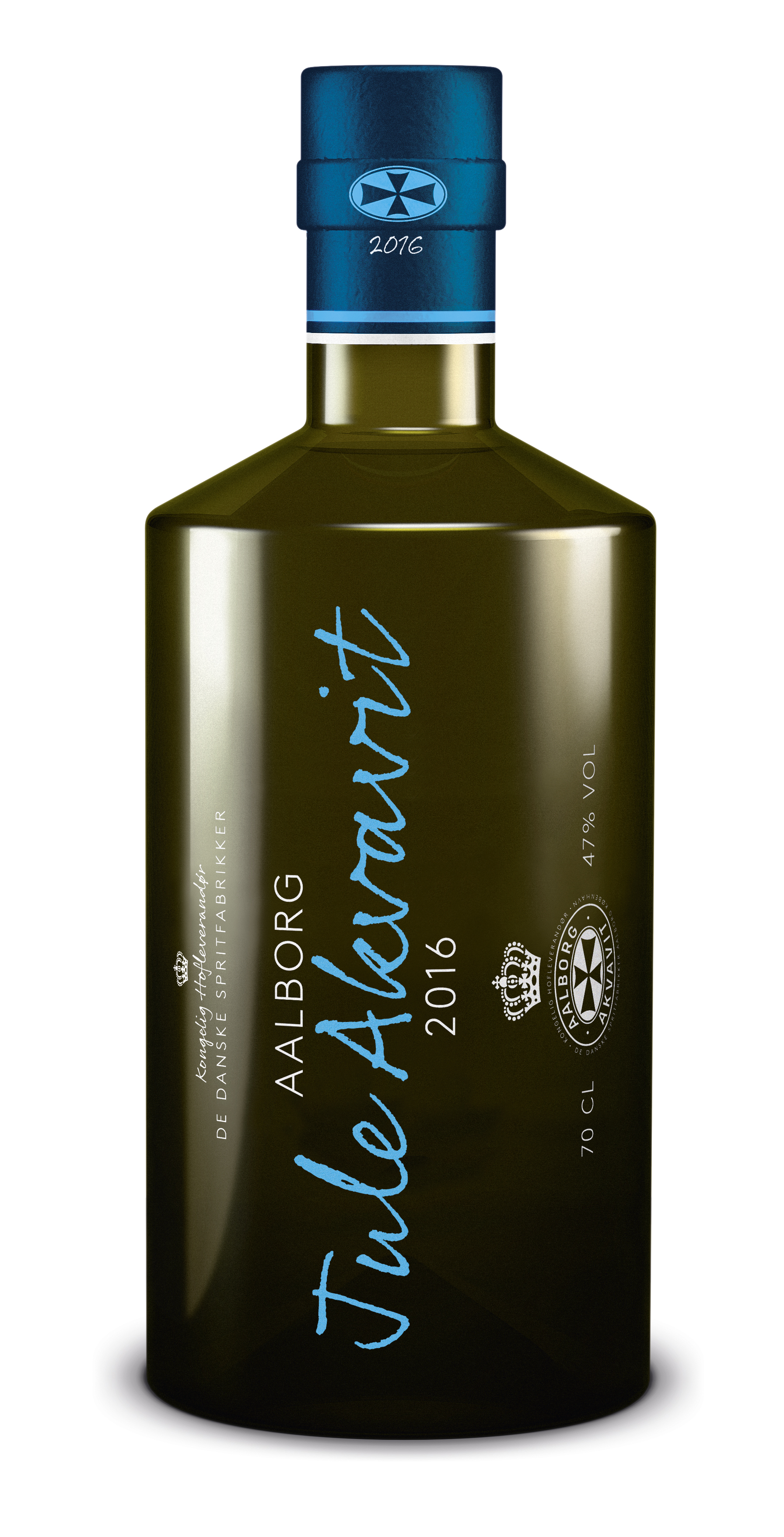
A star is born
When an aquavit was awarded the Supreme Champion Spirit by the International Spirits Challenge’s judges’ chairmen, many sat up and took notice. Christian Davis travels to Oslo to visit the home of aquavit
______________________________
THE INTERNATIONAL Spirits Challenge is, without doubt, one of the oldest and most respected spirits competitions in the world. Normally, its supreme champion is drawn from the huge list of entries from whisky, cognac and liqueurs. Frankly, as in most tasting competitions, the winners usually come from full flavoured drinks.
So when the various chairmen of judges, tasting all the trophy winners blind, came up with a white spirit – and not a mainstream white spirit at that – experts in the industry sat up and took notice. It wasn’t even a vodka, flavoured or not. Not even one of the plethora of ‘craft’ gins that are coming out on a daily basis. No, the unexpected winner was a Danish akvavit. A special akvavit, it has to be said. Aalborg Jule (Jule is Danish for ‘Christmas’) swept the board with its distillate of caraway, dill seeds and coriander. The judges were swayed by its “robust caraway character and subtle notes of dill, fennel, cinnamon and orange.’ They loved it.
BACKGROUND
The word ‘aquavit’ is derived from Latin aqua vitae, ‘water of life’. The word ‘whisky’ is derived from uisge beatha, the Gaelic equivalent of the same. Likewise, clear fruit brandy is called ‘eau de vie’, which is French for water of life.
Put simply, aquavit or akvavit is Nordic gin. Instead of the predominate botanical being juniper, aquavit relies on caraway and dill. Danish akvavit is traditionally distilled from wheat, is unaged and therefore clear, whereas, Norwegian aquavit is made from potatoes and is generally aged, so comes in shades of brown.
The Danes put their Aalborg akvavit in the fridge or freezer and drink it ice-cold or at least chilled with their ‘koldt bord’ (‘cold table’, the Danish equivalent of the better-known Swedish smorgasbord).
‘Norge maend’ are a bit sniffy about chilling their version – they see Norwegian aquavit as like a whisky or brandy, to be savoured at room temperature.
The Norwegian company Arcus is the largest producer of aquavit in the world, having bought Denmark’s Aalborg from Pernod Ricard in 2013. It produces approximately 4m litres a year. The market is essentially Norway, Denmark and Sweden (whisky is bigger in Sweden than aquavit. Finland: under 40,000 litres).
OP Anderson is the major Swedish aquavit brand, Gammel Opland is Norway’s, while Aalborg reigns supreme in Denmark. The best known aquavit outside the Nordics is Lysholm Linie, famous for its ageing voyage across the Equator and back, but it is relatively smaller in Norway itself.
The challenge for Arcus sales director of spirits, Marius Døker and his team is to alter the profile of aquavit drinkers. Unsurprisingly, the traditional aquavit drinker is older and they drink it with food and possibly as a beer chaser.
As all the marketing manuals say: ‘The grass is always greener on the other side’. So younger consumers, eschewing what their parents drink, look to wine and exotic spirits such as whiskies, brandies, rums and vodka (Absolut and Finlandia to name but two major Nordic vodka brands).
Ironically, just about every spirit would like to be aligned with food. Aquavit – job done. But as Claus Toftkjaer, head of international marketing, says: “Wine has been booming for the past 20 years.” So the drink of sunnier climes has somewhat stolen aquavit’s clothes.
He says: “We want to extend the occasion (for drinking aquavit).” The company is looking keenly at the fast-developing ‘craft’ scene. He feels that, when it comes to craft’s criteria of history, quality, authority and provenance, aquavit ticks all the boxes. In a fast-moving, volatile, noisy market place, it is a question of whether Arcus can shout loudly enough to be heard and claim its ‘share of throat’. Frankly, being in the Nordics makes life difficult for an aspiring brand owner.
COCKTAIL TRAIL
The company needs to have feet on the ground in major cities such as New York and London to have any chance of getting bartenders to make aquavit-based cocktails.
Having said that, there has been a lot of interest in Nordic culture in recent years led by Nordic Noir TV series such as The Killing, The Bridge and Wal-lander. Then there is Noma, the restaurant in Copenhagen that for a number of years was regarded the best place to eat on the planet. That was all about foraging locally for edibles including, of course, botanicals.
Toftkjaer says Norwegian aquavit is made from 95% Norwegian potatoes. There is even a single variety aquavit, Atlingstad, made only from the Mandel potato variety, which former aquavit grand master, Halvor Heuch has overseen.
Toftkjaer says there has been “increasing interest” in aquavit. In the US, Chicago in particular and in Germany with a Make a Nordic promotion, extolling aquavit in cocktails. On home turf in Copenhagen, Arucs has unveiled a Spirit of the Nordics initiative which is likely to be rolled out.
At Drinks International’s Travel Retail Challenge awards night at TFWA Cannes, a pair from Arcus were making Lysholm No 52 (caraway, star anise, corian-der, bitter orange peel and ginger), unusually a clear, unaged Norwegian aquavit with tonic, garnished with cucumber, which went down very well with the throng.
Tasting with R&D spirits director, Ivan Abrahamsen, you come to appreciate the breadth of styles within Arcus’s stable of aquavits. There is no sitting on its laurels either. It has developed aquavits to go with fish, to go with barbecue sauces. There is even a licorice-flavoured aquavit.
